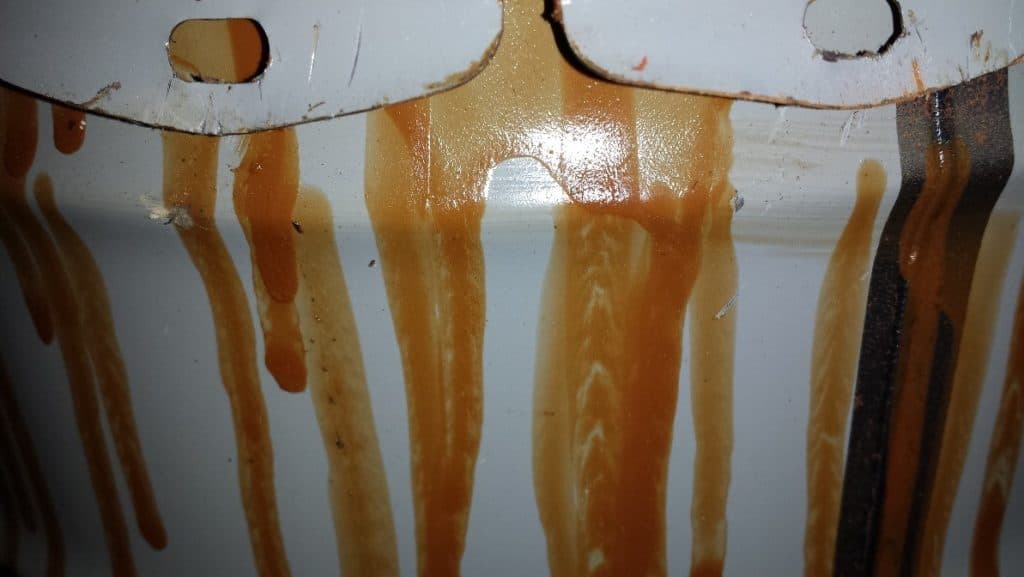Preparing Hot Dip Galvanizing for Painting – It’s not Overly Complicated
Bare galvanizing provides excellent corrosion protection at a pH between 7 and 13, but corrosion of the zinc increases as the pH becomes more acidic (less than 7), or more alkaline (greater than 13). When galvanizing is exposed to the lower or higher pH ranges, it should be painted. Paint should also be applied when […]
Preparing Hot Dip Galvanizing for Painting – It’s not Overly Complicated Read More »










